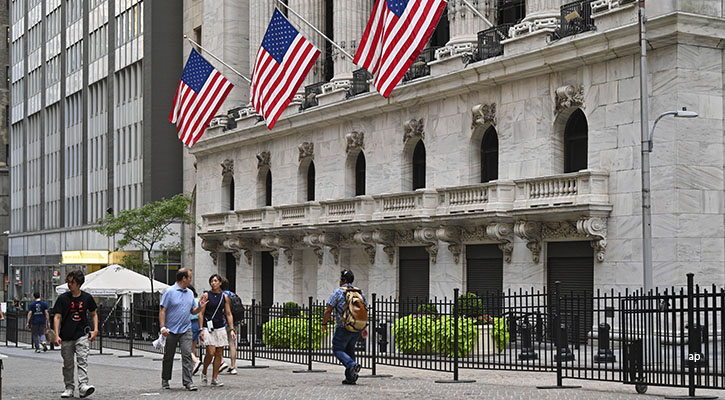
One of the ways investors can generate income is through the dividends paid out by stocksl. But building a dividend portfolio is not as simple as it sounds.
That is why I have decided to build a dividend portfolio using Morningstar indices and track it on a monthly basis.
Constructing a Dividend Portfolio? Read This
1) Dividend Yield
Selecting stocks to build a dividend portfolio may seem easy at first glance. But it is not. It may seem easy because the criterion one usually applies is the dividend yield. It is true that this is an important factor, but it is not enough.
2) Dividend Sustainability and Consistency
What we are interested in when constructing a dividend portfolio is not only the amount of the dividend but also its sustainability and consistency. We need to be able to assess whether the company will be able to pay that dividend and increase it over time.
Companies that boast very high dividend yields might seem like bargains, but they may be too good to be true. Such companies could be going through financial problems that have caused their stock price to plunge (and the yield to rise). It's not unusual for companies in such situations to cut their dividend in order to save cash, so their actual dividend yield going forward might be lower than the currently reported figure.
3) Stock Valuation Matters
That a dividend portfolio pays "good" dividends is important, of course, but it is not enough. It must also be able to offer acceptable capital appreciation. What is important, therefore, is the long-term total return and not only the yield. And the element that can have an impact on that long-term total return is the valuation of the companies. At Morningstar, we look at many companies from a fundamental point of view and arrive at what we call a price/fair value (P/FV) to determine whether the stock is expensive or cheap. A P/FV above 1 indicates that the stock is expensive and a P/FV below 1 means that the stock is cheap.
Using Morningstar Indices for my Income Portfolio
I have constructed my global dividend portfolio based on the stocks in which 4 dividend-focused global equity indices developed by Morningstar invest.
The four indices and their characteristics are as follows:
Morningstar Developed Markets Dividend Yield >3%: This index tracks the performance of securities in developed markets with trailing 12-month dividend yield greater than 3%
Morningstar Developed Markets Dividend Growth: This index is designed to provide exposure to securities in the Morningstar Developed Markets Index with a history of uninterrupted dividend growth and the capacity to sustain that growth.
Morningstar Developed Markets High Dividend Low Volatility: This index offers exposure to developed markets stocks with high dividend yields and strong financial quality, while favoring those with lower volatility
Morningstar Developed Markets Large Cap Dividend Leaders Screened Select: This index targets securities that pay dividends consistently and have the capacity to sustain those payments. Securities are selected from the Morningstar Developed Markets Large Cap Index. The dividend-leaders index consists of the 100 top-yielding securities that satisfy the screening criteria, including Environmental, Social, or Governance (ESG) screens based on data from Morningstar Sustainalytics.
I have analysed the positions of these four indices with data from the end of 2023 and the criteria for selecting the companies in my portfolio are as follows, in order of preference:
Some Simple Portfolio Rules
Which companies are repeated in these four indices? To appear in my portfolio, a security must appear in at least two indices.
What is the total weight of the companies in these indices? I simply calculate the sum of the individual weights in each index. The higher the total weight, the greater the chance of being in the portfolio.
What is the valuation of each of the companies in these indices? I will only consider companies that are trading at a significant discount to the last price. More specifically, to be part of the portfolio, the company must have a Price/Fair Value (i.e. a ratio between the estimated fair value and the share price) below 0.85. In other words, it must be trading at a significant discount to the last share price, at a discount of at least 15%.
Building a portfolio is not about adding stocks indiscriminately. It is important to consider sector diversification. For that reason, I will only add one stock per sector to my portfolio and each stock will have the same weight. That doesn't mean that every sector (we have 11 sectors identified at Morningstar) will have a presence in the portfolio. If no stock in a given sector meets the three conditions above, then the sector will not be represented in my portfolio.
How and When Will the Portfolio Change?
I will review the portfolio monthly as its composition may change for two reasons: 1) change in the composition of the indices and 2) change in the valuations of the companies. If the P/FV of a company rises above 0.90 (remember that to be included in the portfolio the company must have a P/FV below 0.85) it can be a reason to switch to another company whenever there is another stock in the same sector with more attractive valuations.





















